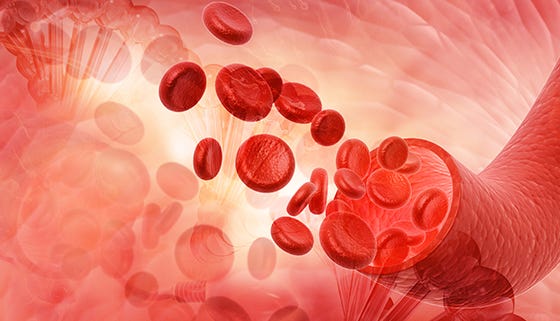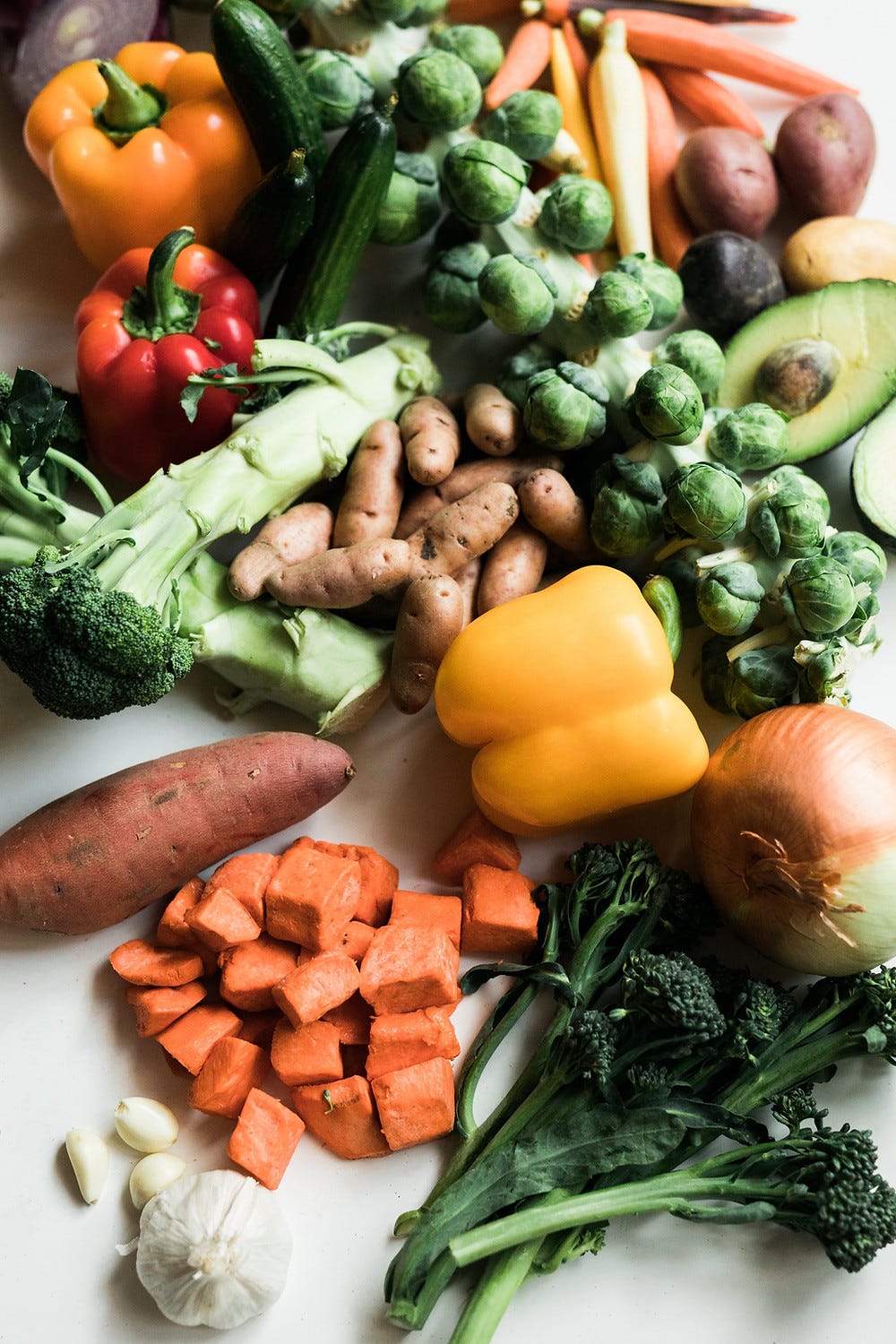Eating "Ethically"
There is no one-size-fits-all way to eat "ethically" -- nor should the pressure really be placed on the consumer. Here's an examination on ways to eat more "ethically" without being too stringent.
As someone running a platform on the intersections between food, climate, and nutrition — there’s only so much time that can pass before I address some topics. One of these would be eating ethically, or ethical food consumption.
I have done a lot of reading and research on this topic both for my schooling and on my own accord. These are purely my own takeaways from the reading and research I’ve done; by no means is any of the content in this newsletter end-all-be-all advice or information.
(One Reason) Why Veganism Isn’t The Answer — One Diet Doesn’t Work for Everyone
Before I get started today, I’ll preface this by saying that I have tried going vegan. I have done research, and tried different variations of going plant-based/vegan (full plant-based, just eating eggs, etc.). But the truth is that veganism doesn’t mix with my body — especially as someone who runs regularly and has a harder time maintaining my iron levels. There are a couple reasons for this.
For me, the top reason comes down to iron levels. Women need substantially more dietary iron than men do — a whopping 18 mg compared to mere 8 mg for men. In addition, those who run will undergo foot-strike hemolysis — each time your foot hits the ground during the gait cycle, you kill 4x the amount of red blood cells than other kinds of athletes.
In addition, when it comes to consuming iron, there are also some factors that can inhibit the body from efficiently using all of the iron you consume.
All iron sources are not created equal.
Heme iron, the kind found in animal sources, is readily available to be absorbed by the body, whereas non-heme iron (plant-based iron) needs to be converted before it can be utilized. For this reason, plant-based iron sources are less efficiently absorbed compared to animal sources.
The body is only able to process so much of a given nutrient at one time.
The body can only absorb a percentage of consumed iron — about 25% is absorbed from daily from heme iron consumption and about 16.8% from non-heme sources. What you consume with the iron will impact this absorption as well — phytates, found in legumes, whole grains, and soy are found to significant reduce the amount of iron the body can absorb. Calcium can also block iron absorption, as can coffee and tea (due to their tannin content).
So, basically, this is an example of one how one prescribed diet is not going to work for everyone — although some practices may be more ethical, at the end of the day it should not be on the conscience of the consumer to “eat ethically” when the existing food system cannot provide ethically.
What Does “Eating Ethically” Even Mean?
Common concerns with ethical food consumption revolve around environmental degradation, exploitative labor practices, food shortages, inhumane treatment of animals raised for food consumption, and the unintended effects of food policy (food deserts, food apartheid.)
In my opinion, the key to eating ethically is to eat predominantly whole foods. Fruits, vegetables, meats, nuts, seeds, grains, what have you. These don’t require as much consumer attention — no need to read as many labels, and it’s easier to limit plastic packaging. (Obviously, eating this way is not universally acceptable due to food deserts and disproportionate distribution of resources. But if this is an option, this is the ~ best ~ way).
When it comes to consuming animal protein sources, I’ve already outlined my take on pure veganism — but this isn’t to say that plant-based protein sources shouldn’t be a consideration in an “ethical” diet. But when picking an animal source of protein, there are a few stakes to keep in mind beyond the locality and transparency behind the end product.
Feed conversion efficiency refers to the ratio between resources required to grow the animal vs. the amount of food they provide. Below is a chart of commonly consumed animal proteins and their environmental impact, according to Sophie Egan’s How To Be a Conscious Eater.
Beef — 36:1
Pork — 11:1
Poultry — 9:1
Fish — 2:1
When it comes to meat consumption, there are some common recommendations that can serve as guidance when picking an animal protein and how to consume it:
- Do less harm by paying a bit more for local, when possible and/or feasible
- Eat lower on the food chain
- Eat as much of the animal as possible to minimize waste
There are also three labels to pay particular attention to when buying meat. These are: “Animal Welfare Approved”, “Certified Humane Raised and Handled”, and “Global Animal Partnership (GAP) Certified”. These are better regulated — labels like “grass fed”, although buzzy, unfortunately don’t have much regulation within the industry.
Beyond Animal Welfare
Eating “ethically” extends beyond animal welfare as well — farmers’ wellbeing is a huge concern within the industry. When possible, try to buy predominantly local. This is the best way to talk face-to-face with those growing your food and make sure more of the money goes directly to them (and, generally speaking, the food’s going to taste better).
Conclusion
The Union of Concerned Scientists have outlined the goals for a better food system:
that all Americans have access to healthy food
That farm policies are designed to support public health and environmental objectives
That our food supply is free of toxic bacteria, chemicals, and drugs
(You can listen to great podcast episode about this on their page.)
These summarize the issues within our food system and what we, as consumers, should also be concerned with. But once again, don’t get too caught up in “ethical consumption” — it’s difficult, exhausting, and expensive to consume maximally ethically under our food system. But knowing these key terms and ideas is essential in educating more consumers for a more promising tomorrow.





